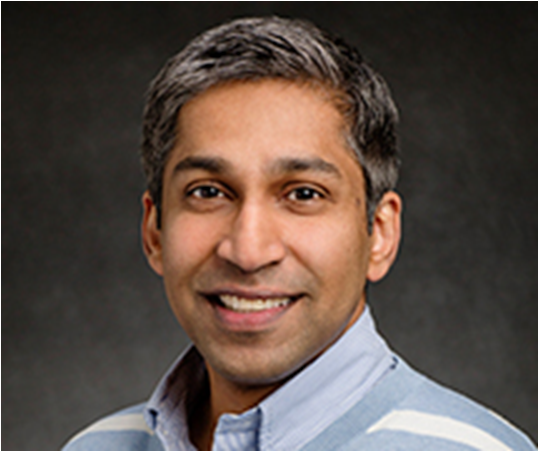Speaker: Dr. Kiruba Haran
Time: 13:30 pm, Thursday, June. 7, 2018
Venue: Room 201, Electrical Engineering Building, Yuquan Campus
Organizer: Zhejiang University IEEE Industry Applications Society Student Branch Chapter
Abstract:
The global aviation industry emitted 781million tons of CO2 in 2015 - a number that is projected to triple by 2050without new policies. Ambitious goals have been set by the aerospace industryfor the next three generations of commercial transport aircraft to ensuresustainability of the industry. This includes a better than 70% reduction inaircraft fuel burn, along with significant reduction in noise and otheremissions. These challenging goals require the development of disruptivetechnologies beyond the current trends in the aviation industry. One approachbeing explored to meet these targets is the use of electric/hybrid-electricpropulsion. Studies show that commercial transport aircraft with a'turboelectric distributed propulsion system' is able to reduce the missionfuel burn by 70-72% on an intercontinental mission without compromisingpayload, range or cruise speed. This is accomplished by using an electricpropulsion system that decouples the power producing parts of the system fromthe thrust producing parts. The industry is also considering other intermediateopportunities for inserting electrical propulsion technologies into airplanes,including the use of ‘fuselage boundary layer ingestion’ on a single aisleairplane, which is projected to achieve up to 12% reduction in fuel burn. Smallelectric aircraft are already being produced and offered commercially, butsignificant challenges prevent scaling up of the technology to commercialaviation. Technology gaps include the availability of flightweightmotors, generators and transmission lines. Megawatt scale electrical machinesand drives with specific power better than 6kW/kg will be required to makethese systems viable. This talk will describe the application space, thecurrent state-of-the-art, and key enabling technologies that are beingdeveloped.
About the speaker:
Kiruba Haran received the Ph.D. degree in electric power engineering from the Rensselaer Polytechnic Institute, Troy, NY, USA, in 2000. He spent 13 years as a Senior Engineer and Manager with the Electrical Machines Laboratory, the GE Global Research Center, Niskayuna, NY, USA. In 2014, he moved to the University of Illinois, Champaign, IL, USA, to join the Grainger Center for Electric Machinery and Electromechanics and the Faculty of Electrical and Computer Engineering. He is a registered Professional Engineer in New York, NY, USA.



